From multi-colored shreds of fabric, you can sew not only surprisingly comfortable bedspreads, rugs, rugs and bedding for the baby. They also make paintings, panels that simply transform the interior, become its highlight. Patchwork panels are a great work of art, but it is available to every patient and creative needlewoman.

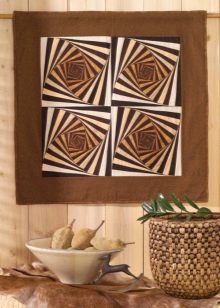
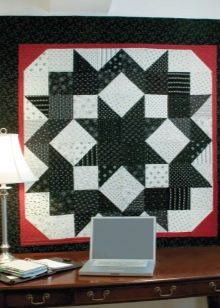
Features
The patchwork technique for creating work from stitched fragments of fabric using an applique is called a patchwork. Of course, this technique is complex, time-consuming, requiring perseverance, patience and willingness to work with a large number of fragments. Products made using the patchwork technique are always original. They are very cozy, warm, homely.

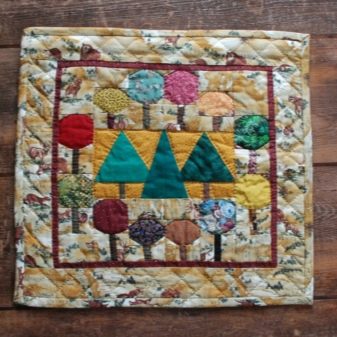
From shreds can be done and panels on the wall. And there are several reasons why this idea is worth a closer look.
- The fashion for the carpets on the wall is back again. Only these are not typical factory products, but handmade products. And a patchwork panel resembling a rug is also suitable for this purpose. Placing such work in the nursery will help the baby develop - it is very useful to study patterns, shapes, colors within your crib.
- This is original. Show patchwork in all its glory at the expense of the patchwork - not lose out with a demonstration of your own talents. Immediately read a lot of work and creativity.
- It is cozy. It happens that there is everything in the interior, but something is missing that will add warmth, an atmosphere of comfort and tenderness to it. And one such panel is often enough to correct this moment.
- This will help the interior to become integral. Indeed, in the panel you can combine all the main colors of the interior, and it once again "makes friends".



Finally, working on a patchwork product is not only laborious, but also very exciting. As the process advances, creative excitement only intensifies.
Techniques and styles
There are several types of patchwork (techniques and styles), each interesting in its own way. Take, for example, the English patchwork. This is the most common type of needlework in the world. It is characterized by a clear geometry, conciseness of the picture and all the elements. Things are sewn from fragments of tissue that are identical in shape. In the modern English style, there are stripes, and triangles, and classic squares. Today, a freer layout of parts is acceptable. Among the most popular techniques, it is worth highlighting “watercolor”, “checkerboard”, “strip to strip”, “quick squares”, “funny triangles”.



Crazy Patchwork - One of the most original techniques, this is an extravagant style. Its distinctive feature is that the fragments are sewn together freely, and the joints are always masked with finishing materials, for example, ribbon, braid, lace, buttons, rhinestones, beads, beads, etc.


East patchwork bright and colorful, it has a lot of both geometric and free patterns. It is in this technique that plot scenes are often created. In other types of patchwork, dense fabrics are preferred, but here as the main material is not quite practical, but beautiful and elegant silk. Also, the oriental style is characterized by a rich decoration of the product: brushes, fringe, stones, a lot of embroidery.


Japanese patchwork considered one of the most complex styles. It is based on the traditional Japanese technique of "sashiko", as well as "yoshigi-re", with the help of quilting the masters create whole plots. It is the Japanese patchwork that is ideal for creating patchwork panels, although the work does not promise to be easy.



It is worth noting in this listing also fashionable knitted patchwork. It is combined when the yarn is combined with shreds of fabric, but most often it is completely knitted. Any of the proposed techniques can be the basis for creating panels.



How to do it yourself?
So, in 3 hours, an experienced craftswoman can make a beautiful, not very complex panel using the patchwork technique. Beginners should increase the time for making a picture of shreds and prepare a diagram that will facilitate the work. A panel can include different letters and words, for example, “HOME”, or something like that. You can include panels and other elements related to warmth and comfort in the future.
Before starting work, you need to decide on the fabric and threads.
When this is selected, you need to find another flizofiks: since the letters on the panel will be made in the form of a direct applique, this cobweb-like substrate is indispensable.


Consider how to make a simple patchwork panel.
- All the details of the future drawing must be transferred to the paper layer (not forgetting to observe the mirror image), then they will be cut out. Details are glued inside out, this is done with an iron.


- Cut parts are laid out on the main fabric. If everything turned out well, no corrections are required, the paper layer of the flizofiks needs to be removed, and the application lightly ironed.
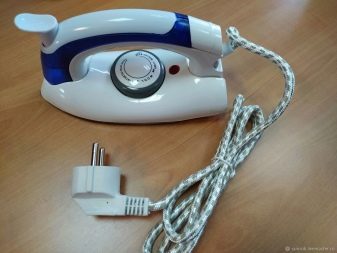

- And now one of the most difficult moments is the choice of the sequence of colors in the future product. It should be remembered that these colors should find partners in the interior of the room where the panel hangs. That is, they must be combined with something. Although if the room is made in the best traditions of the Boho style, such caution is useless.


- It is time to process the application. It needs to be fixed on the fabric with applique stitching, the threads are matched to the tone of the details (although this is not a strict rule, you can work with contrast). So that the application is not pulled off after processing, scribbling makes sense on a thin filler, and then cut along the contour.


- Other elements (for example, birds) can be made with a tucked edge.Having ironed the edges, you can continue to work using manual sewing, sewing the birds to the main fabric with a blind seam. By the way, the birds can be made chubby by stuffing them with a suitable filler.


- Now you need to cut off the thin dividing strips and sheathe the middle of the picture according to the rule of the cross: top and bottom, left and right.


- Before sewing the border, corner squares are made, each of which consists of 9 small squares. On average, the side of the square for the template will be 4.5 cm. Now you should cut multi-colored squares. They are stitched in a different sequence. First, the upper and lower strips are sewn, then the side strips with corner squares sewn to them.



- It remains to collect the sandwich and prepare it for the stitch. After the stitches, you can embroider the uppercase letters with a “chain” stitch.


- For the edging, you need to cut strips of 3.5 cm wide by stitching them into a long ribbon. The edging is attached on the front side.
And on the wrong side, you will have to sew it manually with a blind seam.


How to post?
When the panel is completed, you need to properly position it on the wall. Where it will be most profitable to look.
- Above the bed. Both an adult bedroom and a nursery are suitable for this option. Above a wide double bed, a panel that is made horizontally will look good. It is wonderful if it is combined with bed textiles or something that should be supplemented in an already existing interior. Above the crib, panels are usually not placed at the head of the bed, but over the long side. The room immediately becomes more comfortable, and the baby will like to fall asleep in such a warm, bright corner.



- Over the dresser. If there is a void requiring filling over the dresser, which is, for example, in the living room, a panel will cope with this mission. It will play the role of a picture, only a patchwork. Naturally, the panel can be combined with the color of sofa cushions or carpet on the floor.


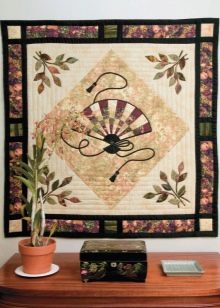
- In the nursery, in the reading corner. If the size of the children's room allows, there you can make a cozy corner, for example, with a bean bag chair or even a large pillow on the floor, a small children's mattress, dressed in a bright cover. Nearby put baskets or boxes with books, organize local lighting. And to further highlight this reading corner, hang a patchwork panel on one of its walls. Definitely, in this atmospheric place the best children's books will be read.



- In the living room above the sofa. It’s quite a good solution if everything matches in color, if the sizes fit, and this does not contradict the general concept of space.



- In the kitchen above the corner sofa. In spacious kitchens, the dining area is often made cozy and large. And if there is a sofa or bench, then a panel above them will be very useful.


See how to make patchwork-style panels with your own hands in the next video.










